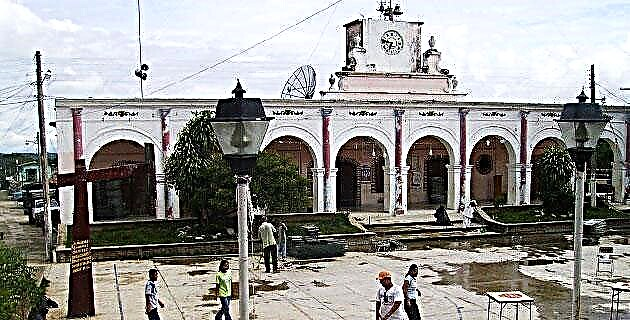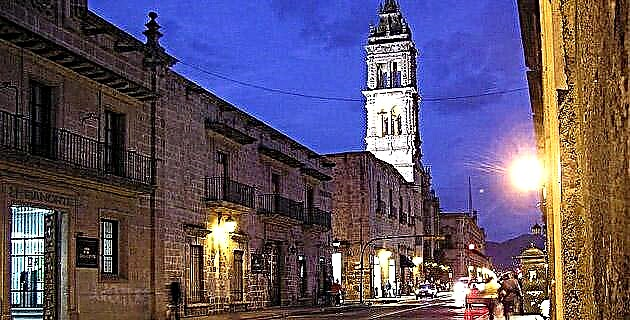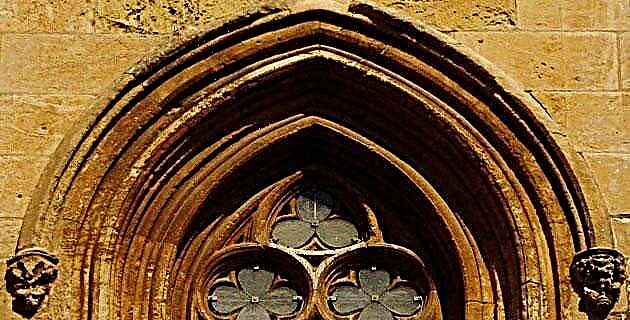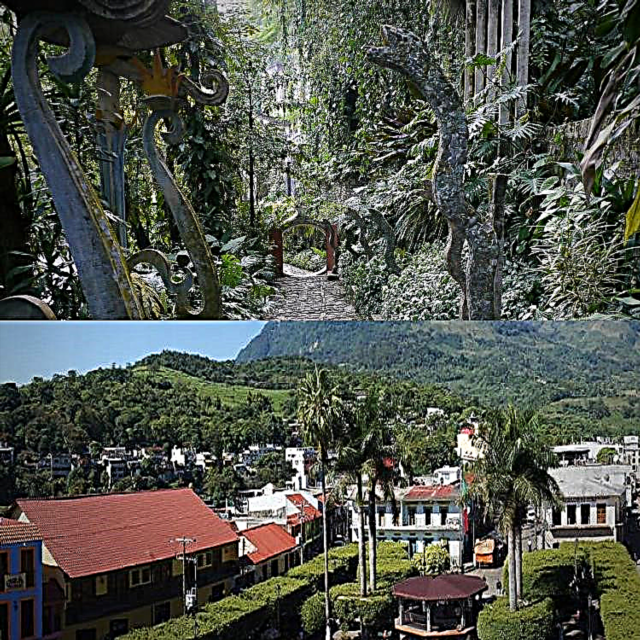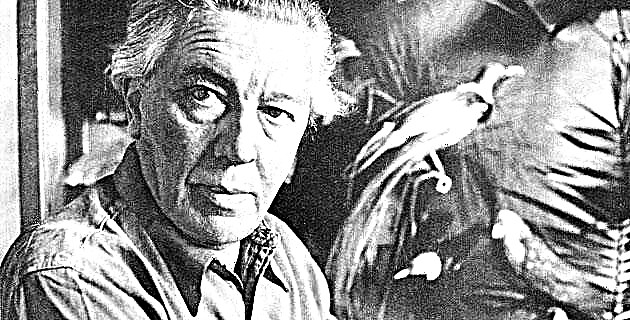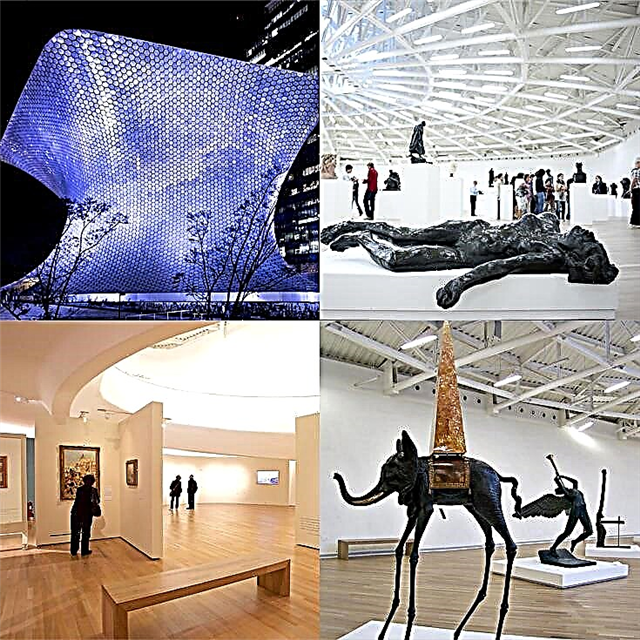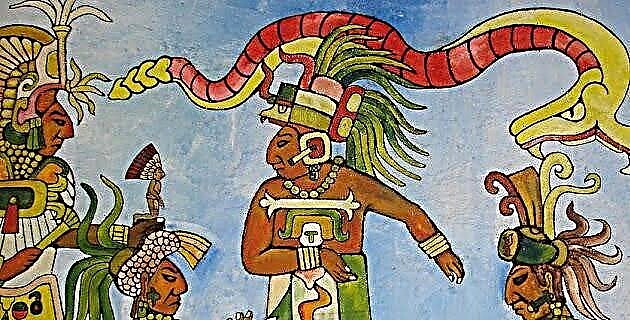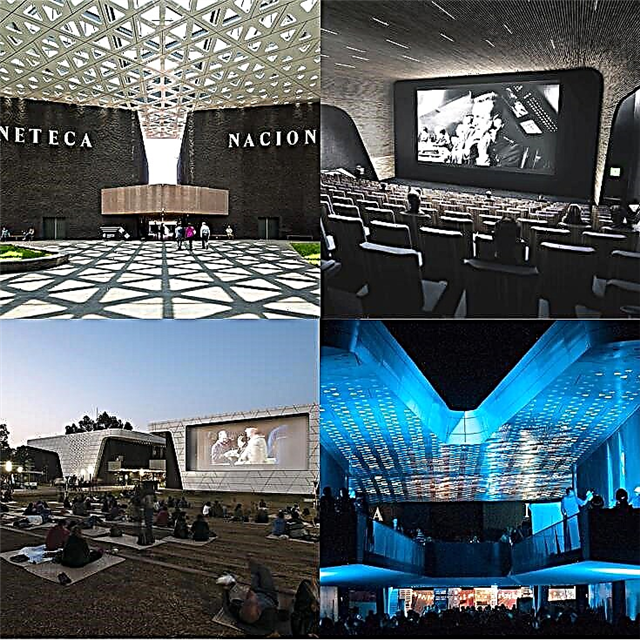The Cineteca Nacional stores and projects countless gems of national and world cinematography that are comfortably within your reach on the big screen and at very convenient prices.
What is the National Cinematheque?

The Cineteca Nacional is an institution whose mission is to preserve Mexican and world film memory and promote film culture in the country. It opened to the public in 1974 and its first exhibition was The compadre Mendoza, 1933 film by Mexican director Fernando de Fuentes.
The film library began operating in the Churubusco Studies Forums and originally had two rooms open to the public, the Red Room and the Fernando de Fuentes Room.
The current headquarters of the Cineteca Nacional is located on Avenida México-Coyoacan and currently has 10 rooms and other resources to fully meet its objective.
What are the rooms and other facilities of the National Cinematheque?

The cinema currently has 10 rooms and the Gabriel Figueroa Open Air Forum, in which the exhibitions are free to the public.
Room 1 is named after Jorge Stahl, a pioneer in the installation of movie theaters in Mexico at the beginning of the 20th century. Room 2 honors Salvador Toscano, the first director of Mexican cinema, and Room 3 honors Fernando de Fuentes, a Veracruz director considered the creator of Mexican ranchera comedy.
Room 4 was named Arcady Boytler, a great figure of the Golden Age of Mexican Cinema; and Room 5 is Matilde Landeta, the first great Mexican filmmaker. Room 6 celebrates Roberto Gavaldón, another great director of the Golden Age, first winner of the Ariel Prize; and Room 7 to Alejandro Galindo, director of more than 70 films between 1935 and 1965.

Room 8 was named Ismael Rodríguez, prolific director of great figures such as Pedro Infante, María Félix and Dolores del Río; and Room 9 is the Juan Bustillo Oro, another fertile director of the Golden Age. Room 10 is a tribute from Mexico to international cinema in the person of its top Spanish-speaking director, the Spanish Luis Buñuel.
The cinema also has vaults to store more than 50 thousand films in suitable conditions of temperature, humidity and safety.
- TOP 20 Places Of Interest In Mexico City That You Have To Visit
How is the exhibition of films in the Cineteca?

The cineteca maintains a weekly billboard of films on display and other events, with daily changes, so you can go every day of the week and there will always be news. The daily schedule can cover more than 20 films, as well as lectures, talks and other film-related activities.
During the week of August 14 to 20, 2017, among other films were on display, Alien, the eighth passenger, Bang Gang: A Modern Love Story, Casting, Love in braille, Austerlitz, Self-criticism of a bourgeois dog, Before dawn, Seventeen Y Rico, Oskar and the deep shadows.
Other cinematographic events of the National Cinematheque are the International Film Samples, which have already accumulated a total of 62 editions since the first one held in 1971; the International Forum of the National Cinematheque, which has had 37 editions since 1980; and the Emerging Talent cycle, whose first edition was in 2015.
- Mexico City Chapultepec Castle: Definitive Guide
How have the International Film Shows been?

Since 1971, 62 editions of the International Film Festival have been held. The I Sample included 21 films among which were Death in Venice, the famous production of Luchino Visconti based on the homonymous novel by Thomas Mann.
In the II Sample 21 tapes were exhibited, including the well-known Contact in France, with Gene Hackman; Craving to love, starring Jack Nicholson and Candice Bergen; Marital address, by the Frenchman François Truffaut; Y The puppies, the Mexican film by Jorge Fons based on the homonymous story by Mario Vargas Llosa.

The most recent sample, 62, included the titles 3 Women (Bosnia Herzegovina-México, 2016, with direction and script by Mexican Sergio Flores Thorija), Voracious (France-Belgium, 2016), Sieranevada (Romania and other countries, 2016), Zucchini life (Switzerland-France, 2016) Incident light (Argentina-France-Uruguay, 2015); I, Daniel Blake (UK-France-Belgium, 2016) and Blood of my Blood (Italy-France-Switzerland, 2015).
Films also participated in the 62nd Shows The unknown girl (Belgium-France, 2016), Hhear(Belgium, 2016), The lesson (Bulgaria-Greece, 2014), Last days in Havana (Cuba-Spain, 2016), After the storm (Japan, 2016) and Mister Universe (Italy-Austria, 2016).
- TOP 10 Mayan Ruins In Mexico That You Have To Visit
What are the best known films that have been screened at International Film Shows?

Apart from those already mentioned in Samples I, II and 62, another famous tape has been, The Exorcist (USA, 1973, William Friedkin, with the performances of Ellen Burstyn, Max von Sydow and Linda Blair), presented at the IV Exhibition.
In the V Show, Women perfume (Italy, 1974, Dino Rosi, with Vittorio Gassman), Boris Grushenko's last night (USA, 1975, Woody Allen, with Woody Allen and Diane Keaton) and Return of the Pink Panther (Great Britain, 1975, Blake Edwards, with Peter Sellers and Christopher Plummer).
The VI Exhibition presented Breeding ravens (Spain, 1975, Carlos Saura, with Geraldine Chaplin, Ana Torrent and Héctor Alterio, a film that won the Jury Prize at the 1976 Cannes Film Festival), and Taxi Driver(USA, 1976, Martin Scorsese, with Robert De Niro, Cybill Shepherd and Jodie Foster, a film that won the Palme d'Or at the Cannes Film Festival).

In the VII Exhibition, Rocky (USA, 1976, John G. Avildsen, with script and performance by Sylvester Stallone).
In the VIII Exhibition they entered Star Wars (USA, 1976, George Lucas, with Carrie Fisher, Harrison Ford and Alec Guinness) and The american friend (RFA-France, 1976, Wim Wenders).
For the IX Sample they were presented Annie hall (USA, 1977, Woody Allen, with Woody Allen and Diane Keaton), Iphigenia (Greece, 1976, Michael Cacoyannis, with lrene Papas), That dark object of desire (France-Spain, 1977, Luis Buñuel, with Fernando Rey, Ángela Molina and Carole Bouquet) and Close Encounters of the Third Kind (USA, 1979, Steven Spielberg, with Richard Dreyfuss and Françoise Truffaut).

In the X Show, the cinema screened the first and second parts of 1900, (Italy-France-FRG, 1976, Bernardo Bertolucci, with Robert De Niro, Gérard Depardieu and Burt Lancaster).
Other well-known films exhibited in the National Cineteca Samples have been Return in glory, Manhattan, The tin drum, Alien, the eighth passenger, The Empire Strikes Back, Atlantic City, Mom turns one hundred, Modern times, The great Dictator, Soldiers of Salamis, The man who never was, The scorpion kiss Y Juana la Loca.
Likewise, the rooms of the National Cinematheque passed The French Lieutenant's Mistress, The Extraterrestrial, The Postman Calls Twice, Raiders of the Lost Ark, Zelig Y The bikes are for the summer.
Discover Museums in Mexico City:
- Chocolate Museum
- Museum of Natural History
- Anthropology National Museum
What is the International Forum of the National Film Archive?

It is a space for the exhibition and discussion of films, whose first edition was held in 1980, accumulating 37 until 2017.
In the 1st Forum, 17 films were screened, including Constellations (Mexico, 1979, by the Mexican director Alfredo Joskowicz), Disenchantment (Spain, 1976, Jaime Chávarri), Gamin (Colombia, 1977, Ciro Durán) and Summer rains (Brazil, 1978, Carlos Diegues).
In the 37th Forum, held in July 2017, 15 films participated, among which were The devil's freedom (Mexico, 2017, Everardo González), The idea of a lake (Argentina and other countries, 2016, Milagros Mumenthaler), Roshell House (Mexico-Chile 2017, Camila José Donoso), The royal lemon tree (Argentina, 2016, Gustavo Fontán), Night (Mexico, 2016, Luis Ayhllón) and Old skull (Bolivia, 2016, Kiro Russo), as well as films from several European and Asian countries.
What is the Emerging Talent cycle aimed at?

This cycle began in 2015 to promote new directors and actors nationally and internationally, having carried out two editions.
In the first edition, 14 titles were presented, including Before nature, The gesture of the hands, Encounters after midnight, The conspiracy of silence Y The kindergarten teacher.
In the second edition of the Emerging Talents cycle, 14 projects were projected, including Pan-American machinery, The girl with yellow heels, Leaf blower, Take my loves Y Bang Gang: a modern love story.
How do I get to the cinema and how much does the ticket cost?

The Cineteca Nacional is located at Avenida México-Coyoacán 389, Colonia Xoco. To go by metro you have to get to Coyoacán Station, served by Line 3. After leaving the station, walk along Calle de Mayorazgo until you reach the pedestrian access
Access by car is through Avenida México-Coyoacán and the cost of parking at the cineteca is $ 25 indefinitely. The parking lot works from Sunday to Thursday from 10 AM to 12 PM and Friday and Saturday from 10 AM to 1 AM. There are also two parking spaces for bicycles.
The Cineteca Nacional opens its ticket offices on Mondays at 12 M; from Tuesday to Friday the opening is at 11.30 AM and Saturdays and Sundays at 10:30 AM.
The general entrance fee is $ 50, with a preferential price of $ 30 for under 25s, students and seniors.
Ready to go and rediscover the Mexican and international cinematographic treasures that the National Cinematheque keeps? We hope this guide will help you enjoy countless seats and big screen sessions.
Discover more about Mexico with our articles !:
- Colonia Roma - Mexico City: Definitive Guide
- Polanco, Mexico City: Definitive Guide
- Why is Mexico a Megadiverse Country?

